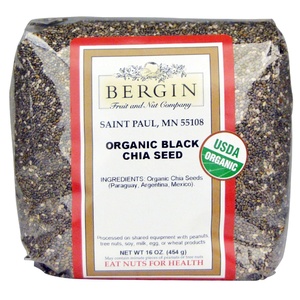30 Days Lowest Price Guarantee
Organic Heirloom 50 Purple Dragon Fruit Cactus Pitaya Hylocereus Tree Fruit Seeds Tropical Sweet Red Flesh Exotic
DESCRIPTION
2. Lay the seed-speckled tissue onto the top of a planting tray or bed filled with moist sterile potting mix. Sprinkle a light layer of soil over the seeds so that they are nestled in the soil under a thin coating of soil no more than 1/4 inch thick. Water the soil lightly and replace any soil over the seeds if they become exposed. Keep the planted seeds moist at all times through germination. 3. Keep the planted seeds in a location with ambient temperatures in the range of 65 to 77 degrees Fahrenheit. Warmer temperatures can also be tolerated for short spans, provided they do not exceed 100 degrees Fahrenheit. 4. Transplant into larger containers when the plants outgrow their original containers. Allow up to three years for the stems to harden off and take their mature plant form. Keep the soil lightly and evenly moist at all times, but never consistently wet. Though a succulent, dragon fruit grow best with ample irrigation. 5. Fertilize your young dragon fruit plant lightly, every other month, after the growth is at least 3 inches in height. Apply a very light dose of a palm special fertilizer with micro-nutrients and a guaranteed analysis of 8-3-9 or 8-4-12 to the soil surface around the plant. Use just 1/8 lb. of fertilizer and water in well. Increase to 1/4 lb. of fertilizer after the first year of green growth. 6. Top dress the soil around the plant once a year with well-aged livestock manure or compost to enrich the soil. Lay down a 1- to 2-inch thick blanket around the plant while keeping the organics away from the trunk. Increase the amount of compost and/or manure around the plant as it matures.
- Fruit Color: Purple flesh
- Name: Dragon Fruit OTHER COMMON NAMES: Pitaya / Pitahaya Fruit / Strawberry Pear
- Description Hylocereus undatus is the most common of several cacti that produce distinct fruits called, dragonfruit or red pitaya. Dragon fruit, among the most prized of all cactus fruits, is a red fruit with green spikes. The huge, white, multi-layered blooms of this species show at night, lending to another of the species' nicknames, night-blooming cereus. Individual blooms can be over a foot in diameter.
- This three-ribbed species propagates very easily by cuttings and is easier to grow than most cacti. They are suited to tropical climates and can tolerate over-watering. Hylocereus undatus is also an extremely popular and very effective grafting cactus. Hylocereus's rapid growth will allow slower-growing cacti such as astrophytum and ariocarpus to grow at a much faster pace when grafted. Hylocereus undatus grows in areas throughout the world, including Asia, South America and Hawaii.
- How to Grow 1. Tap the mass of seeds out onto a glass or ceramic plate. Roll out a line of double-ply toilet tissue onto a flat work surface. Pick up the single small seeds and deposit onto the toilet paper in even rows with 1/8 inch or so between the seeds. Let the seeds dry onto the tissue so it can be moved intact without the seeds falling or the moist tissue ripping.































